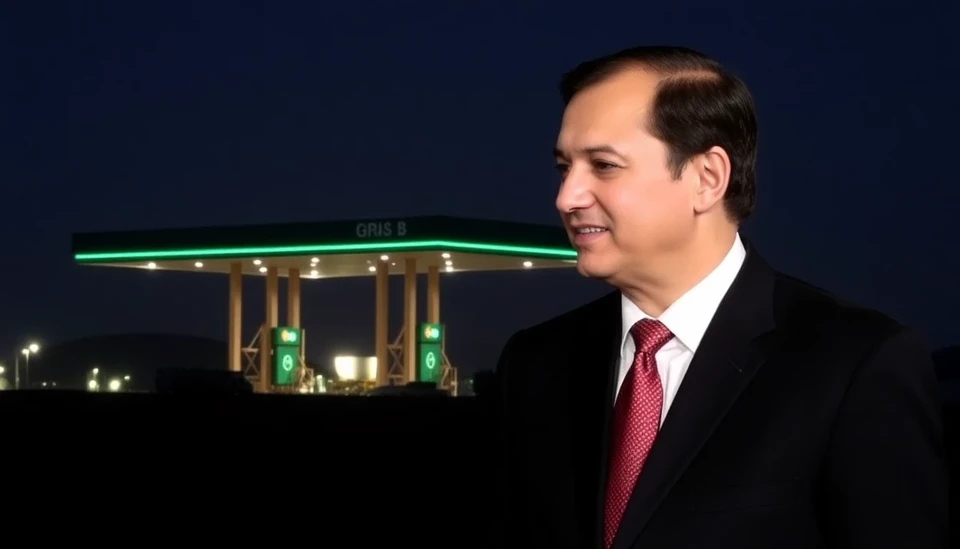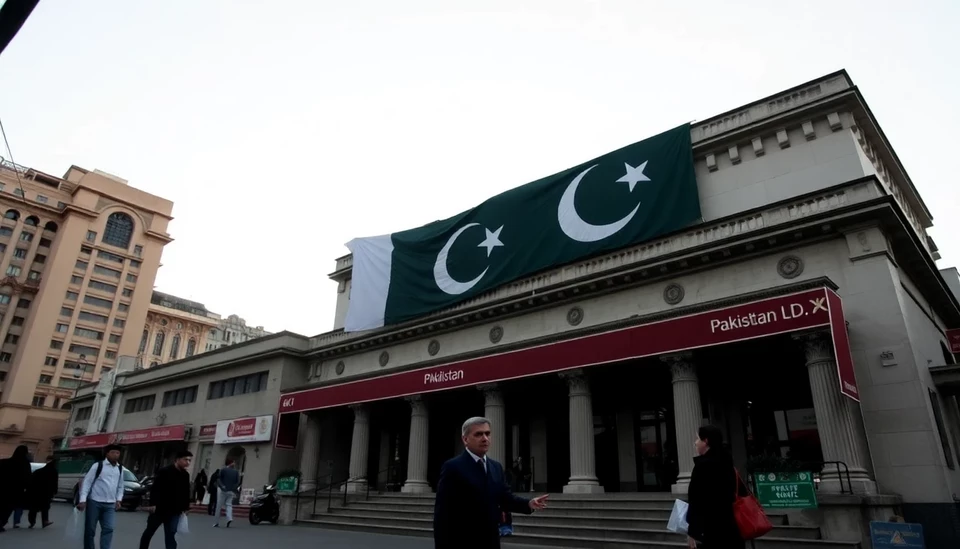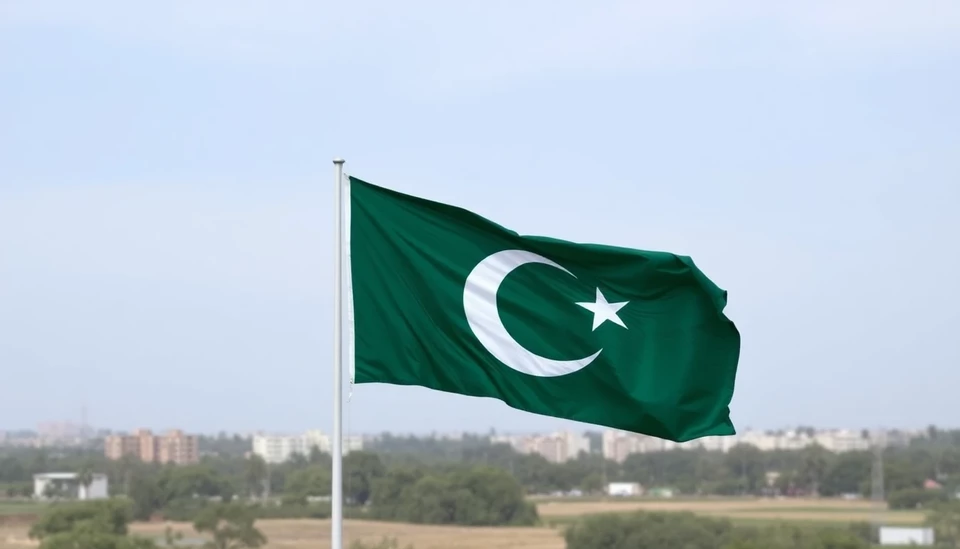
In a significant policy announcement, Pakistan's government has laid out a comprehensive plan to lower electricity costs. This initiative is part of a broader strategy designed to energize the country's manufacturing sector, which has been grappling with escalating operational expenses and declining competitiveness in recent years.
The government intends to achieve these reductions in electricity rates by restructuring tariffs and encouraging a shift toward more sustainable energy sources. Officials have pointed out that the high cost of electricity has been a major hurdle for manufacturers, which directly impacts productivity and profitability. By lowering these costs, they aim not only to enhance the manufacturing environment but also to attract foreign investment, a critical element for economic growth.
To this end, multiple proposals have been presented, focusing on efficient energy management and the integration of renewable energy solutions such as solar and wind power. These alternatives are expected to offer long-term sustainability and cost-effectiveness, addressing both environmental concerns and economic demands.
The impact of these changes could be profound, potentially leading to a revival of industries that have faced challenges amidst global competition and internal hurdles like energy supply shortages. With reduced electricity tariffs, Pakistani manufacturers may find themselves better positioned to compete on both domestic and international fronts.
The government has also emphasized a collaborative approach in implementing these reforms, inviting stakeholders from various sectors to contribute their expertise and insights. This dialogue aims to ensure that the solutions are practical and tailored to the specific needs of different manufacturing subsectors.
In addition to boosting manufacturing, the government’s plan aligns with broader economic goals, positioning Pakistan as an attractive hub for production in the region. This push not only has the potential to create jobs but also to stimulate local economies by fostering industrial growth and development.
As the announcement has garnered positive reactions from business leaders, many are closely monitoring how the implementation of these plans will unfold. The success of such initiatives will be crucial in determining the future trajectory of Pakistan’s manufacturing landscape.
In conclusion, by lowering electricity costs and making energy sources more sustainable, Pakistan aims to enhance its manufacturing capabilities significantly. This strategic move could pave the way for improved economic stability and growth in the coming years.
#Pakistan #ElectricityCosts #Manufacturing #EconomicGrowth #SustainableEnergy #Renewables #Investment #IndustrialRevival
Author: Rachel Greene




